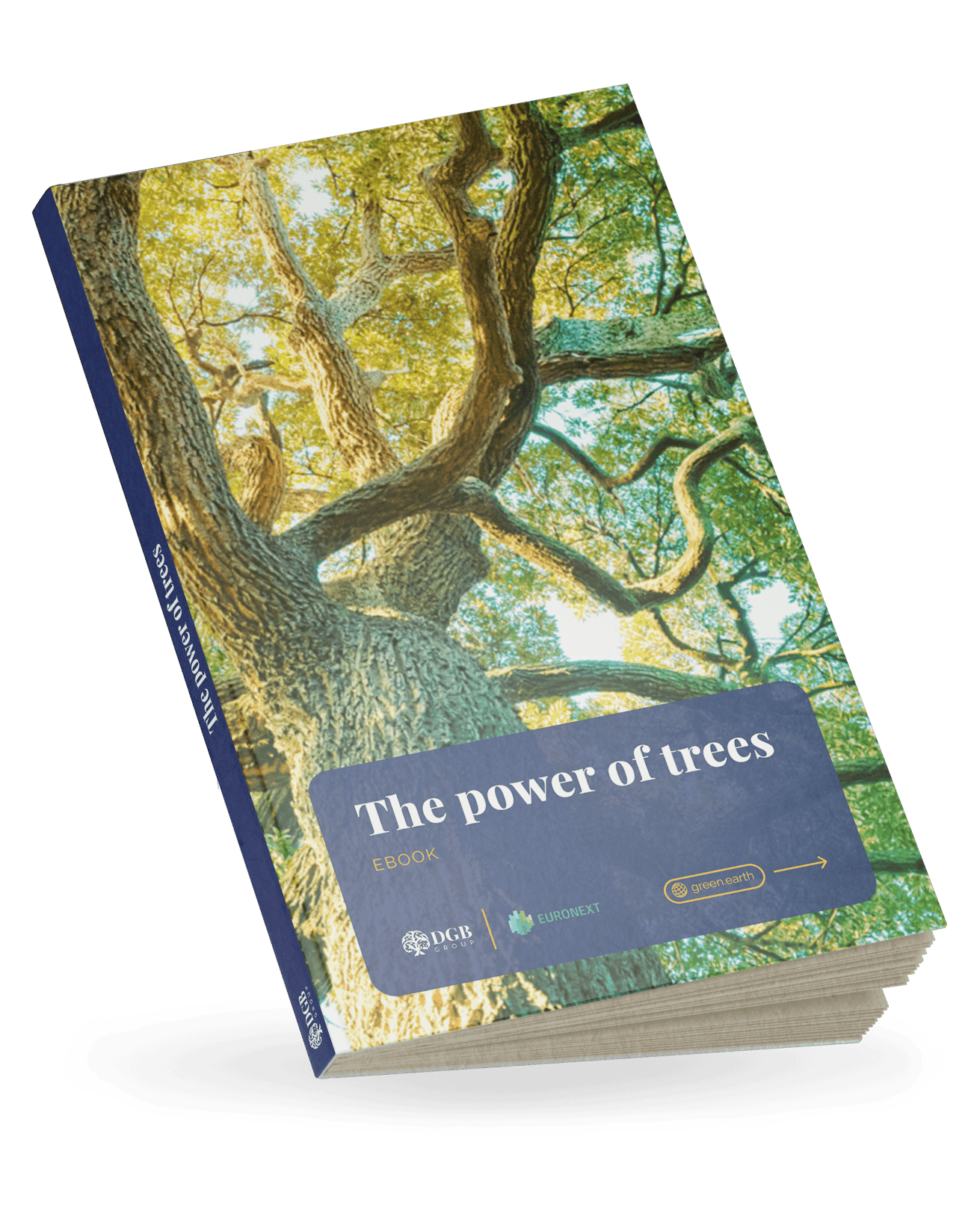As a platform with global reach and over a billion users, TikTok has begun leveraging its influence to promote sustainability awareness and environmental literacy. At the COP28 UN Climate Change Conference, TikTok launched its 2023 #ClimateAction campaign, combining digital engagement with real-world impact. A $1 million initiative was announced to support the Verified for Climate programme—a partnership with the United Nations and Purpose. This programme empowers creators, guided by scientists and regional experts, to fight environmental misinformation and share accurate, actionable content on the challenges our planet faces.
 Close-up of a person creating a TikTok video in a forest setting. AI generated picture.
Close-up of a person creating a TikTok video in a forest setting. AI generated picture.
The platform’s efforts go beyond single campaigns. Hashtags like #ClimateChange, #ClimateAction, and #SustainableLiving have amassed up to 17 billion views. TikTok also collaborated with Emirates Nature-WWF on Nature Diaries, an eight-episode educational series encouraging green initiatives that brought creators to COP28 to elevate authentic conversations on sustainability.
Despite lacking a formal sustainability report, these initiatives signal TikTok's intent to embed environmental advocacy into its content ecosystem. But visibility and awareness are only part of the equation.
Read more: Bruynzeel storage systems: creating space for a healthier planet
While TikTok promotes sustainability externally, its internal carbon footprint tells another story. A 2023 analysis by Greenly revealed that TikTok emitted around 7.6 million metric tonnes of CO₂e in just the US, UK, and France, surpassing emissions from Twitter/X and Snapchat combined. Global emissions may exceed 50 million metric tonnes, roughly equivalent to the annual emissions of Greece.
This carbon intensity stems from TikTok's highly engaging algorithm and high average screen time of 45.5 minutes per user daily. With nearly unmatched engagement levels, the emissions generated per user outpace most other social media platforms. At 2.921 grams of CO₂e per minute, the average user emits 48.49kg of CO₂e per year, equivalent to driving a gasoline car for 123 miles.
Despite this impact, TikTok remains less transparent than competitors like Meta and Google, having yet to release detailed emissions data. Still, the company has pledged to become carbon neutral by 2030, a commitment that’s beginning to take shape.
Read more: Why Tesla is winning in the carbon market and what’s next
Recognising the scale of its emissions, TikTok has turned to direct environmental interventions. Through a partnership with Climeworks, the platform will remove 5,100 tonnes of CO₂ by 2030 using technologies such as Direct Air Capture (DAC), biochar, and reforestation. These approaches offer both immediate and long-term benefits, balancing the need to reduce and offset emissions simultaneously.
This carbon removal initiative reflects a growing understanding that tech platforms must play a role in global decarbonisation efforts. TikTok’s model shows how emissions reduction and carbon offsetting can coexist in a digitally native company, especially one with such far-reaching user engagement.
Read more: Greening the blueprint: Microsoft's 2030 carbon negativity roadmap
Another one of TikTok's first major steps towards reducing its environmental footprint came through a new partnership with Scope3, a carbon intelligence firm. This collaboration enables advertisers to measure and reduce the emissions generated by their campaigns on the platform, offering metrics such as grams of CO₂e per thousand impressions (gCO2ePM).
By providing advertisers with actionable, verified data, TikTok positions itself at the forefront of environmentally-conscious advertising—a critical area often excluded from traditional emissions reporting. As part of its broader strategy, TikTok has committed to sourcing 100% renewable electricity by 2030 and is a member of Ad Net Zero. Its Norwegian data centre, powered entirely by renewable energy, serves as a pilot for broader infrastructure transformation.
Read more: Google’s nature-based strategy: achieving net zero while enhancing biodiversity
TikTok’s parent company, ByteDance, recently cemented its environmental intent by purchasing over 100,000 high-quality carbon credits. These credits are part of a diversified, professionally managed fund that includes both avoidance and removal projects.
The deal gives ByteDance a strategic hedge against rising carbon prices while supporting projects with proven nature impact. According to the company, this is part of a broader strategy to reduce operational emissions by at least 90% and compensate for the residual footprint through trusted offsetting mechanisms.
This commitment to high-integrity carbon credits underscores a deeper shift—from awareness to accountability—and from pledges to action.
TikTok’s trajectory offers a revealing case study: a company with outsized influence and equally outsized emissions, striving to reconcile the two. While the platform has yet to release a full sustainability report, it has embarked on a multi-front strategy—raising awareness, investing in carbon removal, supporting green advertising, and offsetting its residual impact.
For high-emission digital platforms, carbon credits are no longer a secondary tool—they are a necessity. As data centres scale, as screen time grows, and as advertising becomes increasingly digital, carbon footprints rise in tandem. Platforms like TikTok must give back to the planet in proportion to what they take, and carbon credits provide the most immediate and scalable way to do so.
Read more: From the ground up to space: seeing DGB’s impact in Uganda
Nature-based solutions and engineered removals alike will be essential to reaching net zero. And for companies driving modern digital engagement, the carbon market isn’t optional—it’s part of the license to operate in a nature-conscious future.
At DGB Group, we understand that awareness must be matched with action. That’s why we go beyond offsets to develop high-integrity, nature-based solutions that restore ecosystems, enhance biodiversity, and support local communities, all while generating verified carbon units. As digital platforms like TikTok explore ways to compensate for their environmental impact, nature offers one of the most powerful tools at our disposal. Our projects are independently verified, transparently managed, and designed to deliver lasting environmental impact.
If your business is ready to take real responsibility and lead with purpose, we invite you to get in touch with our experts and become part of the solution.




